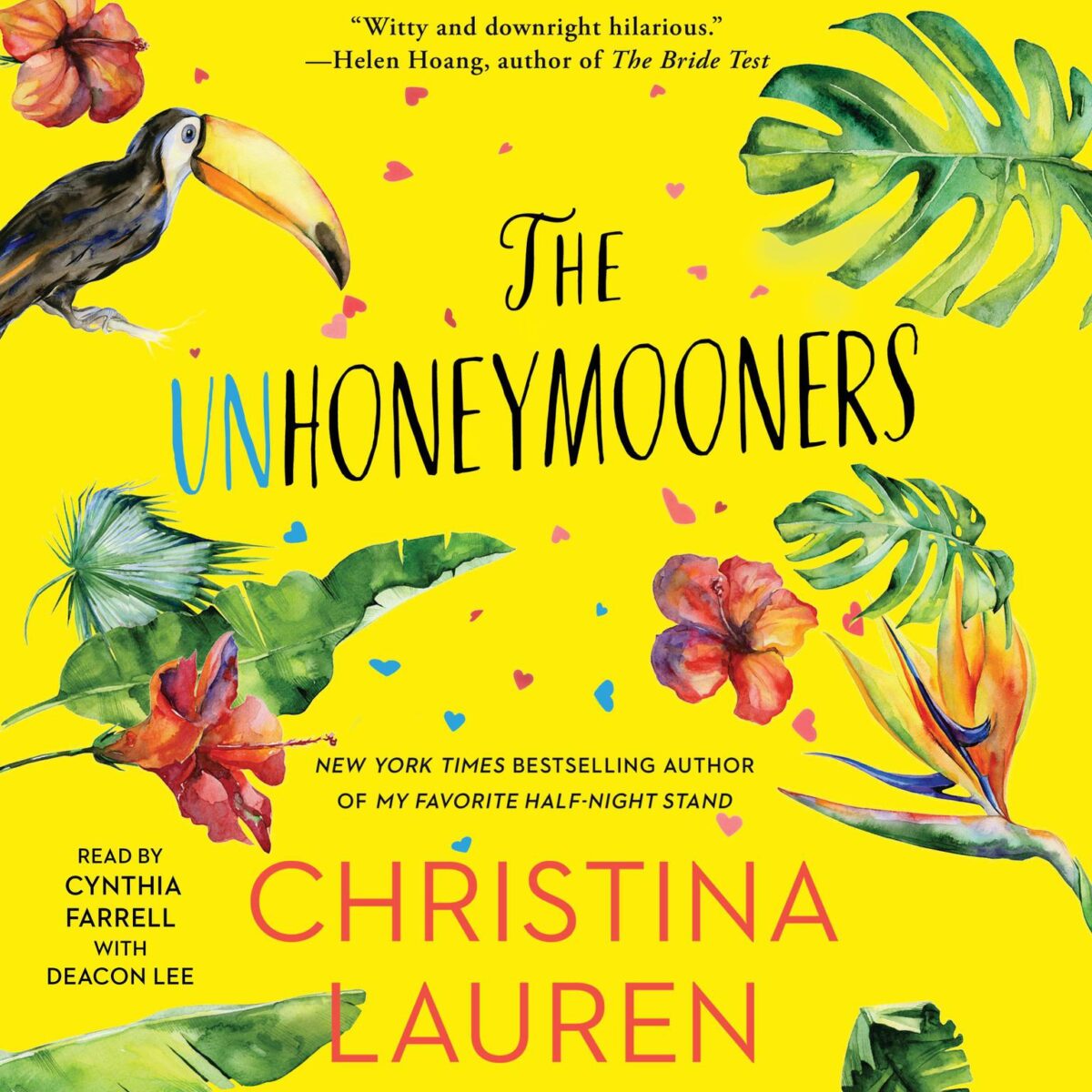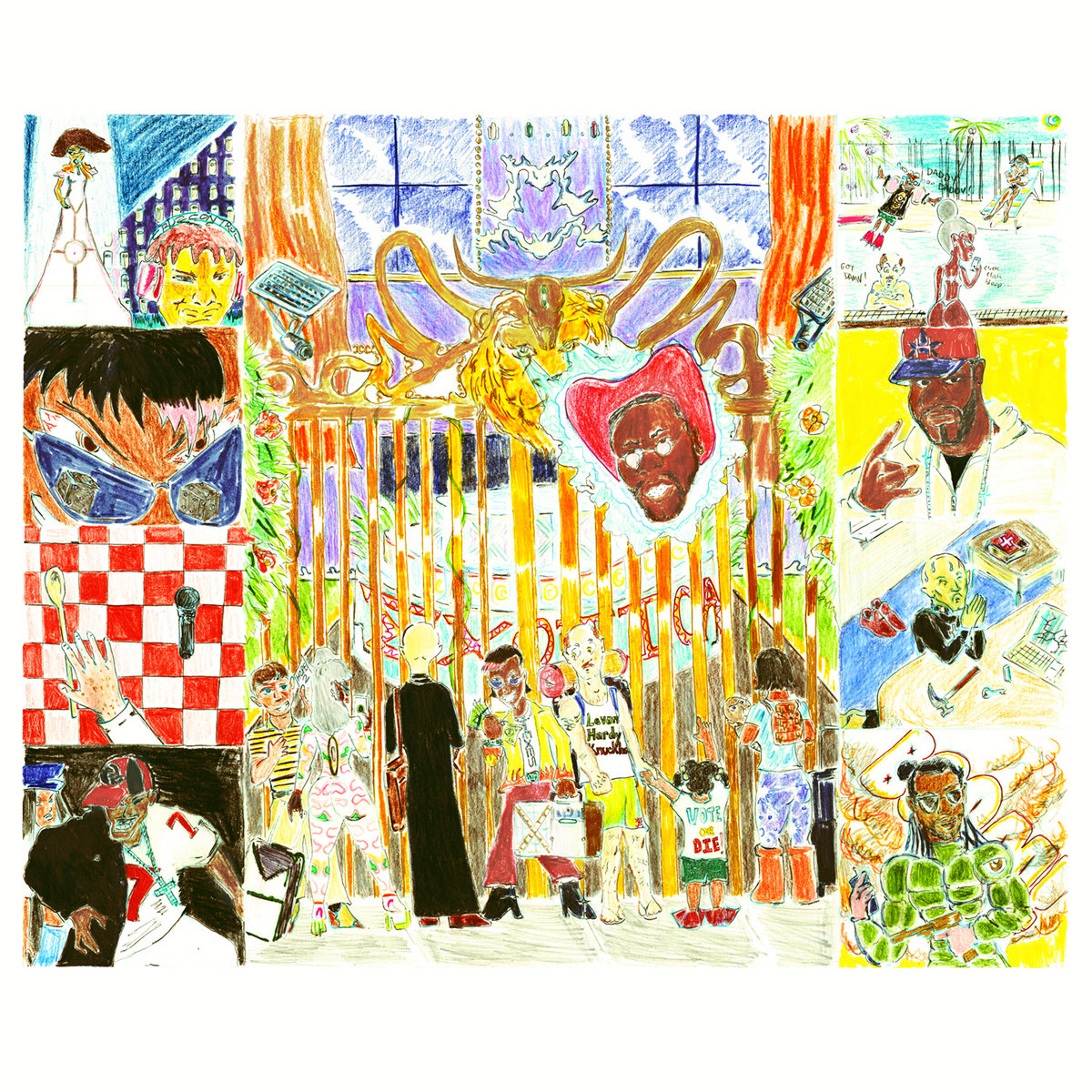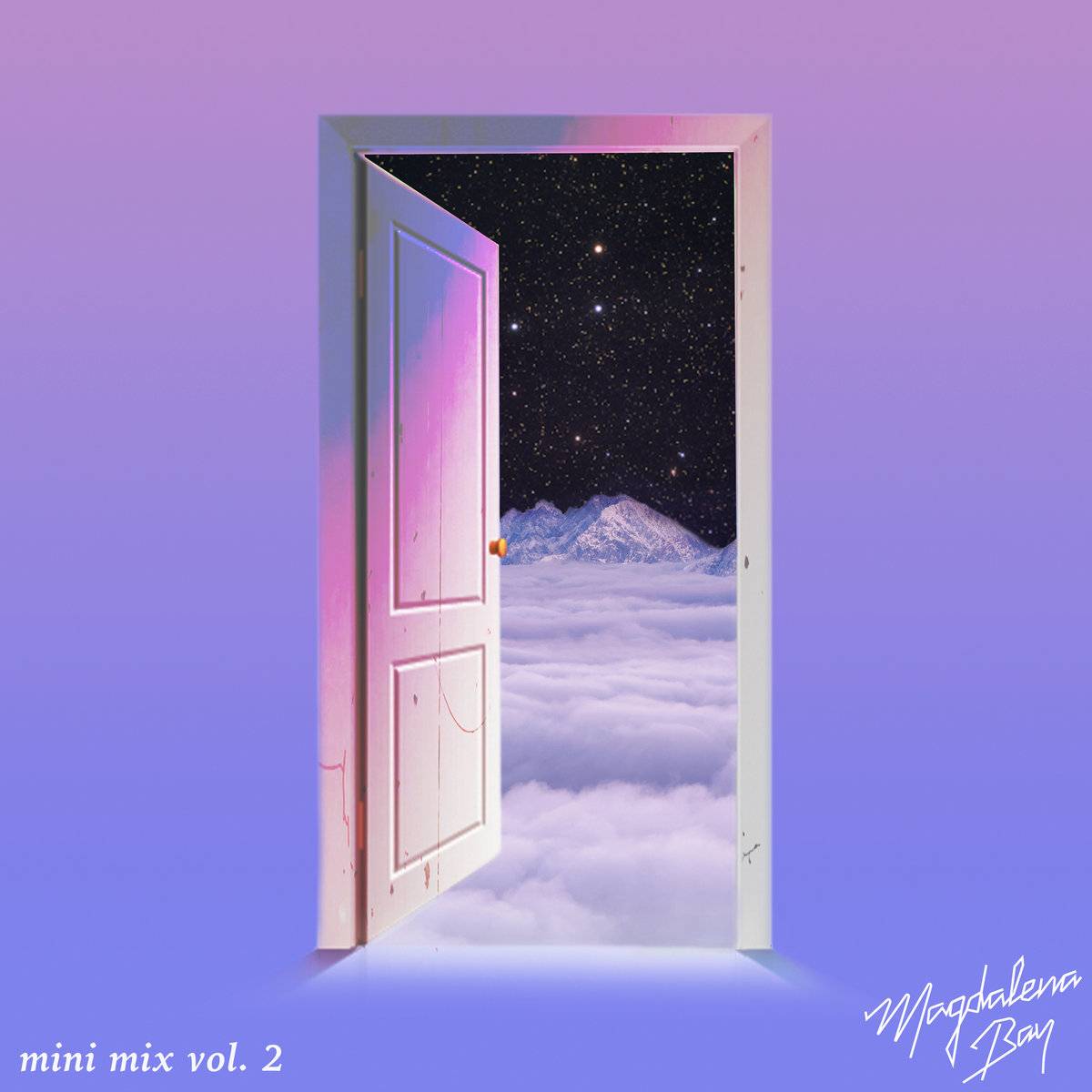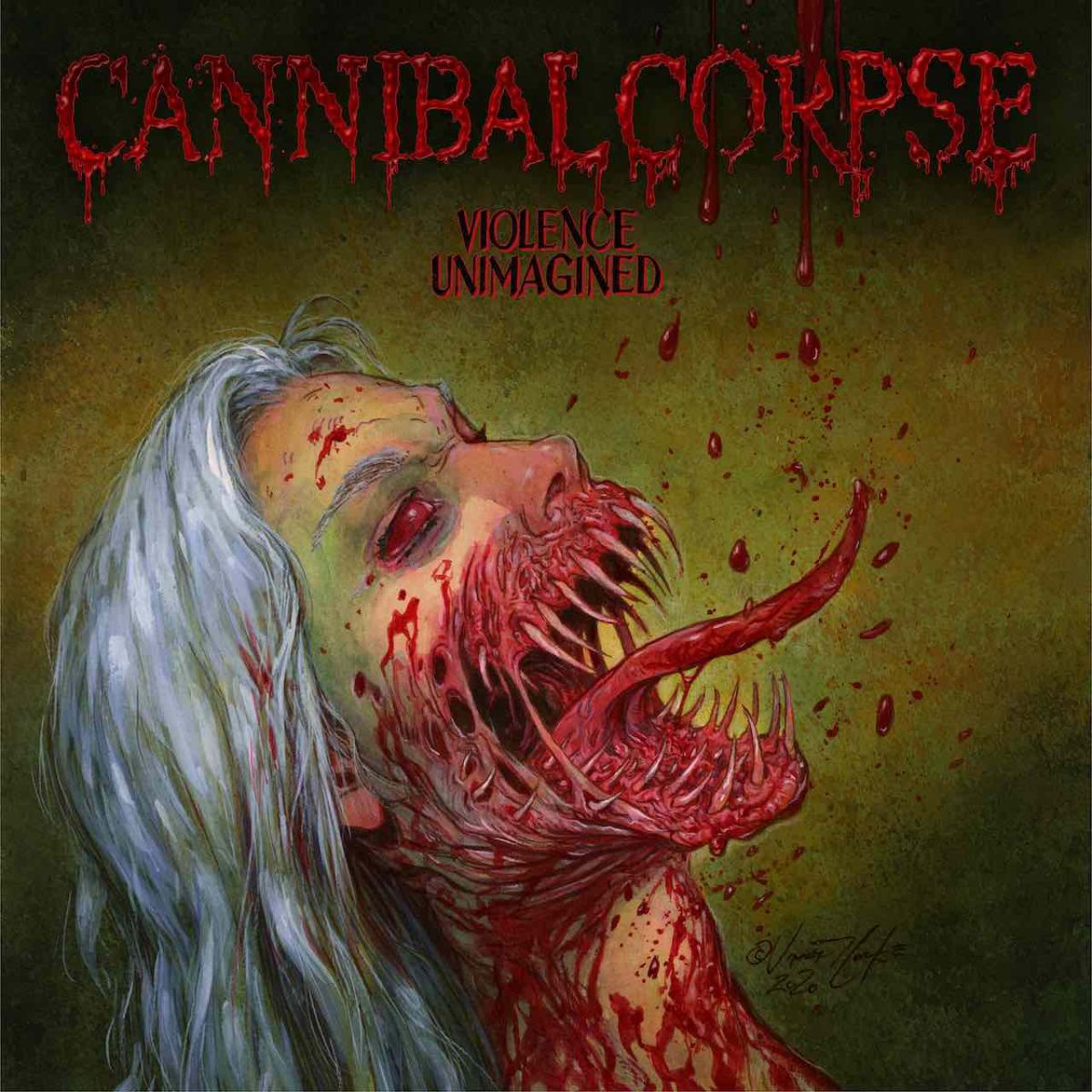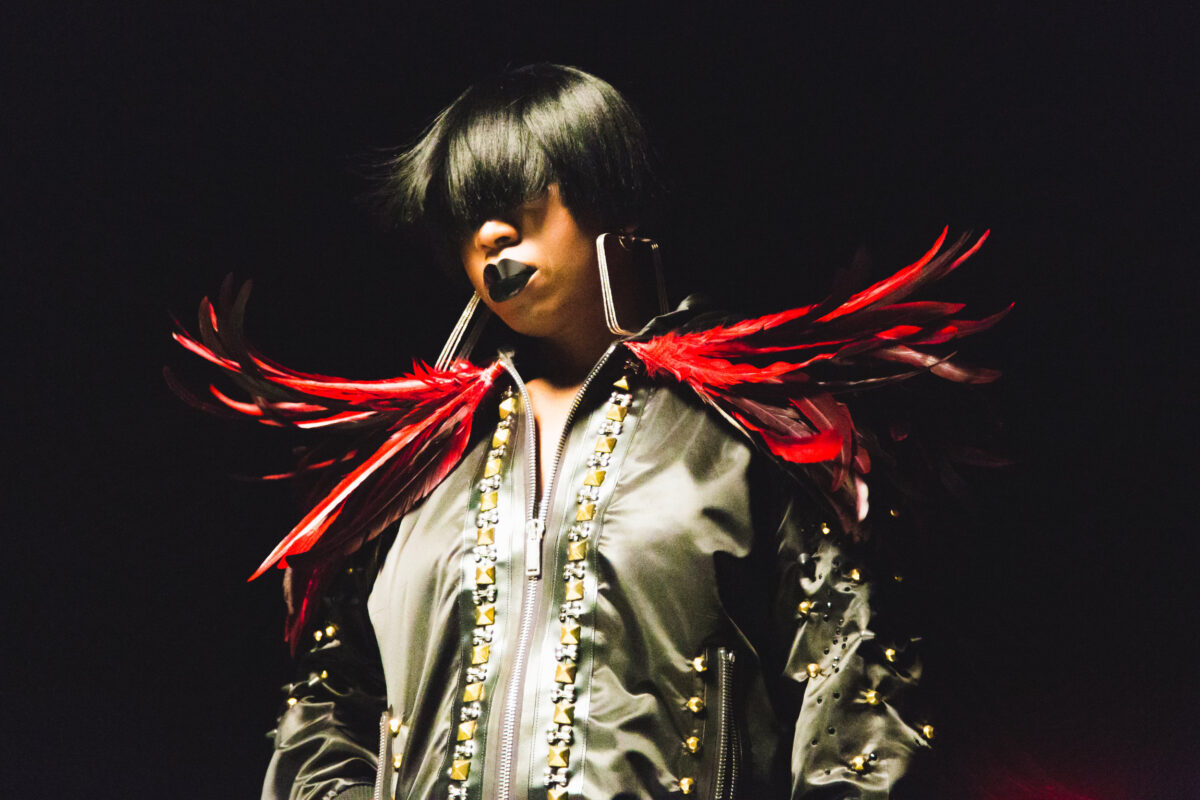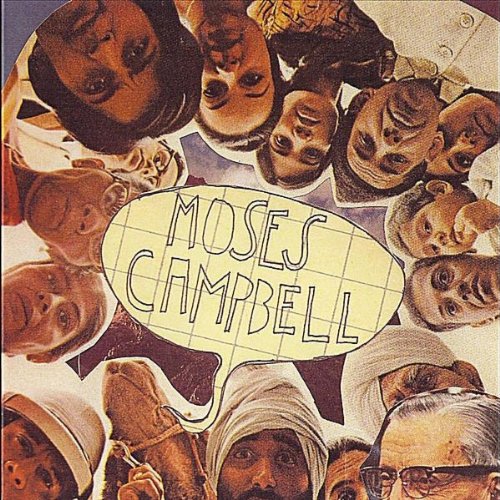Recently I’ve been obsessed with Ologies, a science podcast from Alie Ward. The episodes are hour-long forays into niche topics with incredibly knowledgeable experts. Alie is an amazing host, she asks the questions I am most curious about and also takes time in each episode to have listeners send in their own questions. She is great at getting fascinating stories out of every scientist (ologist) on her show. As someone searching for a career in science, hearing from people in wildly different fields has helped me in narrowing down my interests. Although, every episode is so engrossing that I often think about switching paths completely. Ultimately this is the perfect podcast for long car rides. You will definitely come across at least one new concept that will get you through awkward silences and conversation lulls.
Episodes to get you started:
Wildlife Ecology (FIELDWORK) with Corina Newsome
Really loved hearing about the good and bad about field work. The bird calls were really interesting and made me want to get into birding.
Sparklebuttology (FIREFLIES) with Sara Lewis
So wild that these little bugs use bioluminescence to attract their mates. Basically the wholesome summer nights of catching fireflies are slightly more scandalous now.
UFOlogy (UNEXPLAINED AERIAL PHENOMENA) with Sarah Scoles and Kate Dorsch
Ok so UFOs are real. Let that sink in. People have been seeing unknown objects in the sky for as long as we can remember. What was most interesting to me in this episode was that what we believe UFOs are changes based on time period and culture.
You can listen to Ologies HERE on Spotify
Hope you check it out and find something that excites you.
-DJ lil witch



